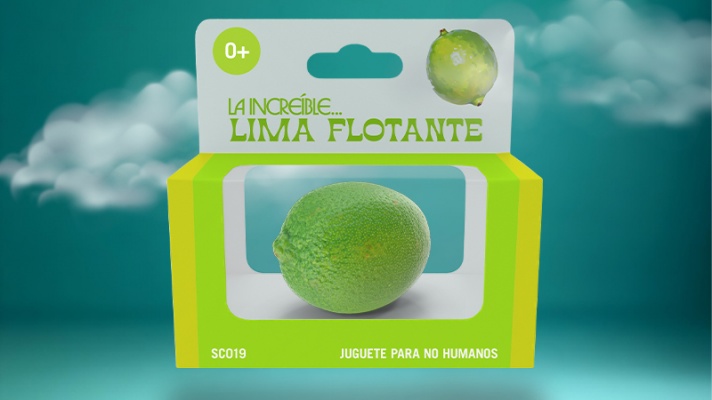Descripción de la Exposición
Riga International Biennial of Contemporary Art (RIBOCA) is delighted to announce a selection of major commissions for its second edition. In total, RIBOCA2 includes 85% new works.
Selected commissions:
Oliver Beer brings together recent installations Grandmother, Mother, and Sister, made from his relatives’ personal belongings, with a new set of objects owned by a Latvian woman. The vessels are connected to microphones that amplify the frequencies resonating within them, capturing their inner sound and subverting our perceptions of emptiness, silence and the invisible.
Hicham Berrada presents Présage (Omen), composed of several aquariums displaying evolving microcosms generated by the interaction of particles from human industry and materials from Riga and its surroundings. The video SiO2 reimagines the setting of the exhibition venue in a million years. These works accelerate time, offering a glimpse of what could happen long after the world as we know it has turned to ruins.
Dora Budor uses the site of the Biennial as an environment for hosting a performance by local supporting actors. Within the crowd, unities will form, creating a new collective identity; but also accounting for the costs of revealing and withholding—information, motives, feelings—in a former surveillance state.
Valdis Celms, a pioneer of the 1970s Latvian kinetic art movement, realises two of his long-planned, large-scale projects. Pozitron, a 3.5m diameter turning metal sculpture, was designed to boost workers’ morale at a Ukrainian electronics factory, with lighting effects following weekly calendars, attempting to ease and transform workers’ conditions.
Marguerite Humeau presents the body and spirit of a dying whale in an installation and sound piece, following the hypothesis that climate change could be responsible for the rise of animals’ spirituality and search for transcendence. Humeau prompts us to question our position as humans and raises our awareness of other beings and their sensitives.
Lina Lapélyté, in collaboration with architect Mantas Petraitis, recreates log-driving practices from Riga’s timber trade industry in the Middle Ages—when workers balanced on logs being transported down the Daugava river—reflecting on the relationship between men, natural resources and the force of the river.
Berenice Olmedo presents four motorised children’s orthoses, animated electronically to perform loose choreography. Creating beings that are both organic and mechanical, the artist explores the more-than-human aspects of our societies and celebrates the originalities and singularities of unconventional human bodies, embracing the strength of multiplicity over biological and aesthetic standards.
Bridget Polk will perform daily in the exhibition space, balancing stones and rubble found in and around Riga, juggling the layered histories of the city and the country to create ephemeral, fragile and almost impossible sculptures. Her work will leave no trace, and only exist during the five months of the Biennial.
Tomás Saraceno presents his Aerocene project, a flying sculpture from Berlin to Riga carried only by the air, the sun and the power of the wind. Saraceno’s second work, a collaboration with the Riga Jurmala Music Festival, presents a Jamming Session between a world-class symphonic orchestra and a spider, transforming the concert into a vibrating laboratory for experimentation.
Augustas Serapinas works with locals to find ways of building snowmen without snow, engaging us to imagine what kind of rituals will replace this tradition as snow becomes increasingly scarce in the region. His work focuses on everyday creativity, transforming the world through simple, commonplace gestures.
Daina Taimiņa, a professor of mathematics, teaching hyperbolic geometry to students using crocheted models, challenging the polarisation of scientific knowledge and popular handicraft. Today she develops these works with volunteers throughout the country using materials including plastic bags, old sheets, and VHS tapes.
RIBOCA continues its mission to bring local and neighboring artists into a dialogue with individuals across the world. Almost a third of the 46 participating artists and collectives are from the Baltic countries (Estonia, Latvia and Lithuania), while almost 60% are from the wider Baltic region (extending to Denmark, Finland, Germany, Poland and Russia).

Exposición. 16 may de 2020 - 11 oct de 2020 / Distintos espacios en Riga / Riga, Letonia

Exposición. 16 abr de 2025 - 11 may de 2025 / Centro Botín / Santander, Cantabria, España

Formación. 08 may de 2025 - 17 may de 2025 / Museo Nacional Centro de Arte Reina Sofía (MNCARS) / Madrid, España